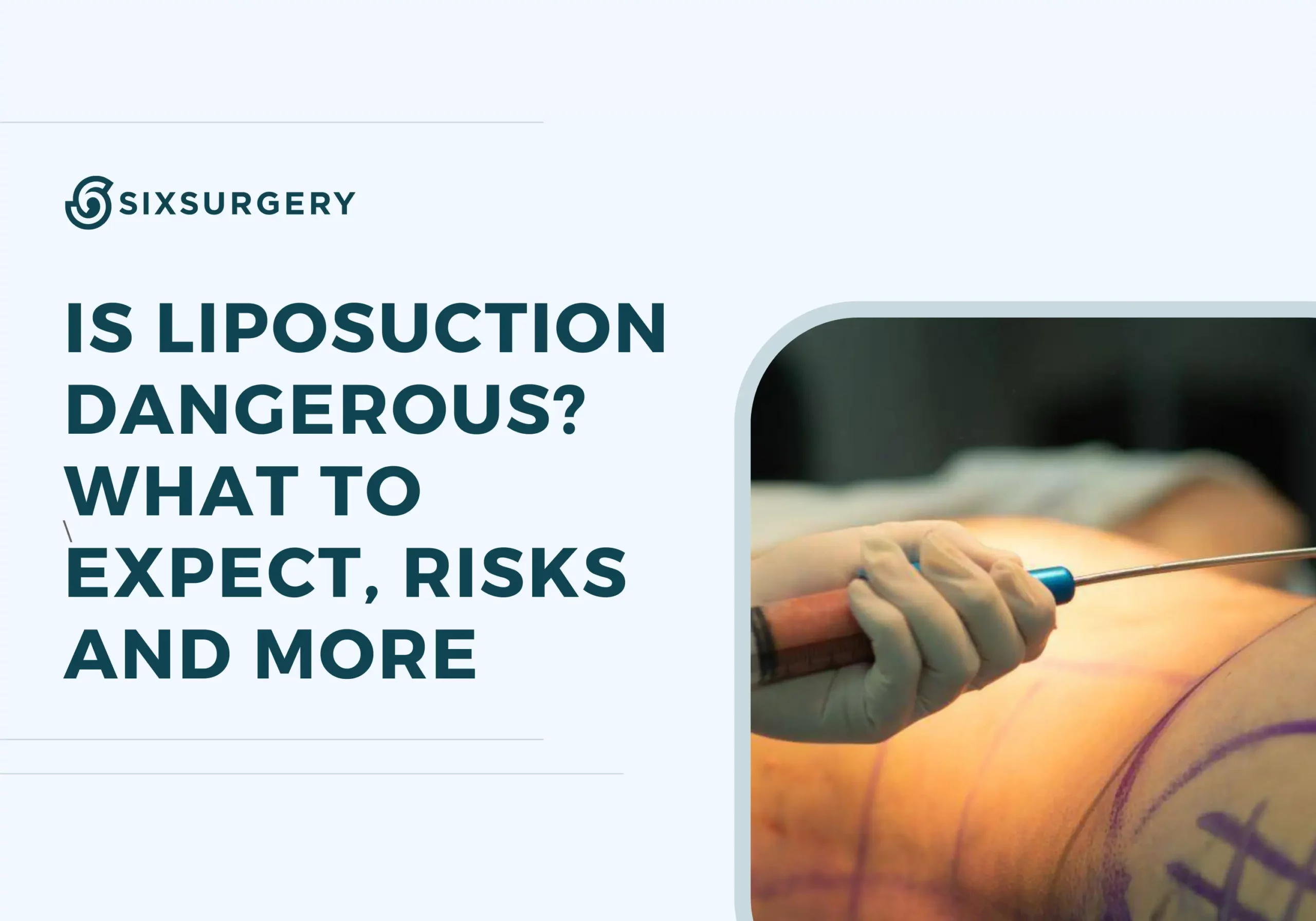Is Liposuction Safe? What to Expect, Risks, and More
Written by Shawn Trumpfeller
17 November 2022

Everyone has areas of stubborn fat that get in the way of their ideal physique. It doesn’t matter how much diet and exercise you do, these areas will always have more fat cells, and the only solution is to remove those cells. One of the ways you can do this is will liposuction. If you’re considering this procedure, one of the most common questions you might be asking yourself is, “Is liposuction safe?”
We’re going to take you through the process and provide you with the most up-to-date information so you can make an informed decision and decide if this is the right path for you.
What is Liposuction?
Liposuction is a surgical procedure that uses a thin tube called a cannula to suction fat from specific areas of the body. It's a popular choice for people who want to reshape their body. This surgery is performed by sculpting and contouring the areas of your body to permanently remove fat cells.
With liposuction, the surgeon can remove fat from all sorts of areas that might not have responded well to exercise, including:
Liposuction is a very popular procedure because it can help patients get their desired shape and contour, with minimal scarring.
Types of Liposuction
When considering if liposuction is safe, you should keep in mind that there are a few different liposuction techniques that can be used, each with their own benefits and drawbacks. Some of the most common liposuction techniques include:
Risks Involved
As with any surgical procedure, there are some risks involved. That’s why it’s important to choose an experienced team like ours at SixSurgery that will take every risk into account to minimize adverse reactions and ensure you’re taken care of.
Some of the risks include:
Serious Complications Are Rare
While these complications are rare, it is important to be aware of all of the possibilities before you choose to undergo a cosmetic procedure. It's also clear that procedures that take longer and remove more fat are more likely to lead to complications than those that are shorter and remove less fat. That's why it's important to discuss your options with our team who will be able to give you a personalized plan for your individual needs.
Final Verdict – Is Liposuction Safe or Not?
So, is liposuction safe? Liposuction is a major surgery that can remove a lot of unwanted fat from a person’s body. And just like any other surgery, there are steps and precautions that must be taken to ensure a smooth recovery.
Before Your Procedure
After Your Procedure
Make sure to schedule a consultation with your surgeon before your procedure to discuss your individual needs and expectations. During the consultation, your surgeon will also be able to give you an estimate of how long the recovery process will be and what type of medications you will need to take afterward. This will help to come up with a plan in order to minimize your risk.